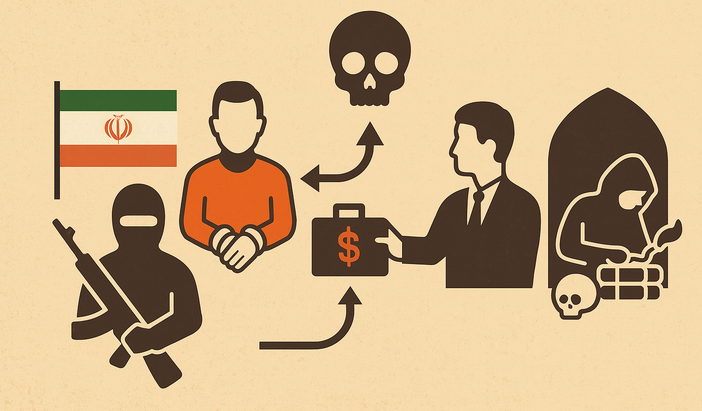Iran, O House of Hope": Shajarian’s Anthem Resurrected Amid War and Propaganda
- Mickey Segall
- Jun 25
- 2 min read
June 25, 2025 0930
In the wake of Iran’s recent "12 Days War" against Israel and the United States, Iran’s airwaves and public squares have been filled with the stirring strains of Iran, Ey Saray-e Omid ("Iran, O House of Hope"), the iconic patriotic anthem performed by the late Mohammad Reza Shajarian محمدرضا شجریان. Written in 1946 by Hossein Gol-e-Golab حسین گل گلاب with music by Ruhollah Khaleqi, this song—born during a time of foreign occupation in Iran—has long served as a beacon of national pride and resilience. Its lyrics, rich with imagery of Iran’s jeweled land and bountiful soil, evoke a deep sense of unity and hope: “O Iran, O jeweled land / O soil that yields bountiful harvests / In your shade, O cradle of goodness / May you remain eternal.”
This song, a staple of Iranian cultural identity, has been widely played during and after the conflict, particularly in state-sponsored victory celebrations, to evoke unity and patriotism. Initially performed during the Iran-Iraq War in the 1980s, its revival serves as a powerful tool for propaganda and mass mobilization, stirring sentiments of resilience and national pride amid recent escalations. The song’s emotive lyrics, rooted in Persian poetry, and Shajarian’s soulful delivery amplify its role as a symbol of hope and resistance against external threats.
As state media broadcasts the song during victory celebrations and public rallies, it has been repurposed as a powerful tool for propaganda and mass mobilization, rallying Iranians around a narrative of defiance and triumph.

However, its use by state media is bittersweet, as Shajarian, who passed away in 2020, had explicitly distanced himself from the Islamic Republic after 2009 (mass demonstrations against alleged election fraud and the violent crackdown that followed), protesting its policies and banning state broadcasters from using his music. Despite this, the regime’s appropriation of the song during "victory" celebrations—reportedly marked by public rallies and state media broadcasts—underscores its strategic use to galvanize public support and project strength, even as some Iranians express skepticism about the government’s narrative, reflecting the divided sentiments within the country.
Yet, this revival is steeped in irony. Shajarian, the legendary vocalist who passed away in 2020, had explicitly distanced himself from the Islamic Republic after 2009protests (mass demonstrations against alleged election fraud and the violent crackdown that followed), banning state broadcasters from using his music due to his opposition to the regime’s policies. Despite his wishes, the government has seized upon the song’s leveraging its emotional resonance to bolster public morale and project strength and popularity.
While some Iranians are currently swept up in the patriotic fervor, others quietly question the regime’s narrative, reflecting a nation divided between pride and despair. As Ey Saray-e Omid echoes through the streets of Iran, it embodies both Iran’s enduring spirit and the complex tensions beneath its surface, a poignant reminder of a nation caught between its past struggles and its unfulfilled dreams of a freer tomorrow.







Comments